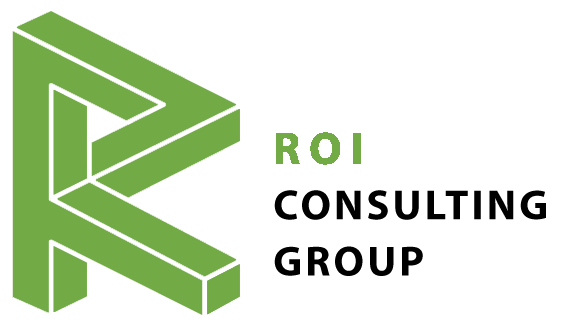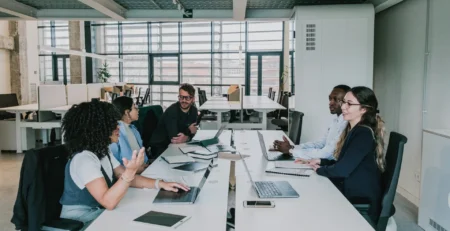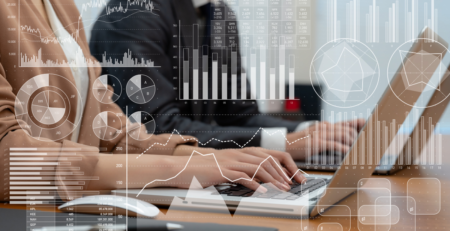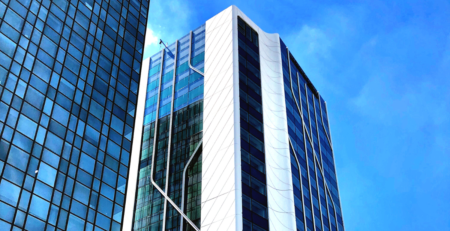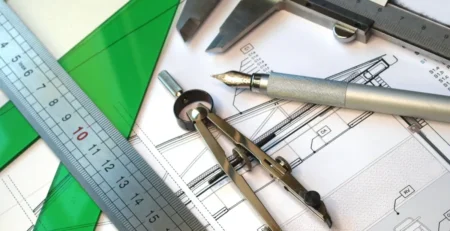Digital Twins: A Facility Owner’s Perspective

The concept of “digital twins” has been a hot topic of discussion in recent years. A digital twin is a virtual representation of a physical asset, process, or system. In the context of buildings and facilities, a digital twin can provide owners with a data-rich model that mirrors the as-built condition of their assets, offering valuable insights to support operational and maintenance activities.
At AUGI Con 2024, Melanie Stone covered a range of crucial considerations for facility owners when it comes to digital twins.
Understanding the Owner’s Existing Processes
First, she emphasized the importance of understanding the current state of how owners access and utilize the design data provided by the architecture, engineering, and construction (AEC) teams. Too often, there is a disconnect between the sophisticated BIM models created during design and construction, and the reality of how that information is actually consumed and maintained by facility management teams.
Many owners rely on Integrated Workplace Management Systems (IWMS) or Computerized Maintenance Management Systems (CMMS) to manage their building operations and maintenance. These systems ingest data from various sources, including design documentation, to support functions like space planning, asset management, and preventative maintenance scheduling. Recognizing the capabilities and limitations of these existing systems is crucial in determining how a digital twin can provide value.
Identifying Key Stakeholders
Additionally, the importance of understanding the key stakeholders involved and how they access technical documentation was highlighted. Contrary to popular belief, the number of people who will directly interact with a sophisticated BIM model is often quite small, as facility management teams typically curate and distribute information in a more user-friendly format.
Addressing Closeout Challenges
From there, delving into common challenges seen during the project closeout phase, where the handover of design data from the AEC team to the owner can be fraught with issues. Owners often receive incomplete or outdated information, making it difficult to maintain an accurate digital representation of their assets.
The Potential of Digital Twins
So, how can a digital twin help address these challenges? Real-world examples were provided as to how facility owners could leverage this technology to solve practical problems, such as streamlining maintenance workflows, improving space utilization, and enhancing emergency response capabilities.
The Key Takeaway
The key takeaway from this presentation was that while digital twins hold immense potential, their successful implementation requires a deep understanding of the owner’s existing processes, systems, and stakeholder needs. By bridging the gap between the technical capabilities of BIM and the realities of facility management, digital twins can become a powerful tool in the hands of forward-thinking facility owners.
Fostering Collaboration
With insightful and engaging discussions from the questions raised by the participants during the AUGI Con 2024, it is crucial to have a continued dialogue between the AEC industry and facility owners. Only through this collaborative approach can truly unlock the transformative potential of digital twins and deliver sustainable, efficient, and resilient built environments.
Original Source:
Melanie Stone during AUGI CON 2024 talk, entitled “Digital Twin From the Owner’s Perspective”
If you would like to have access to the supporting documents in this blog, please fill out the form below.
